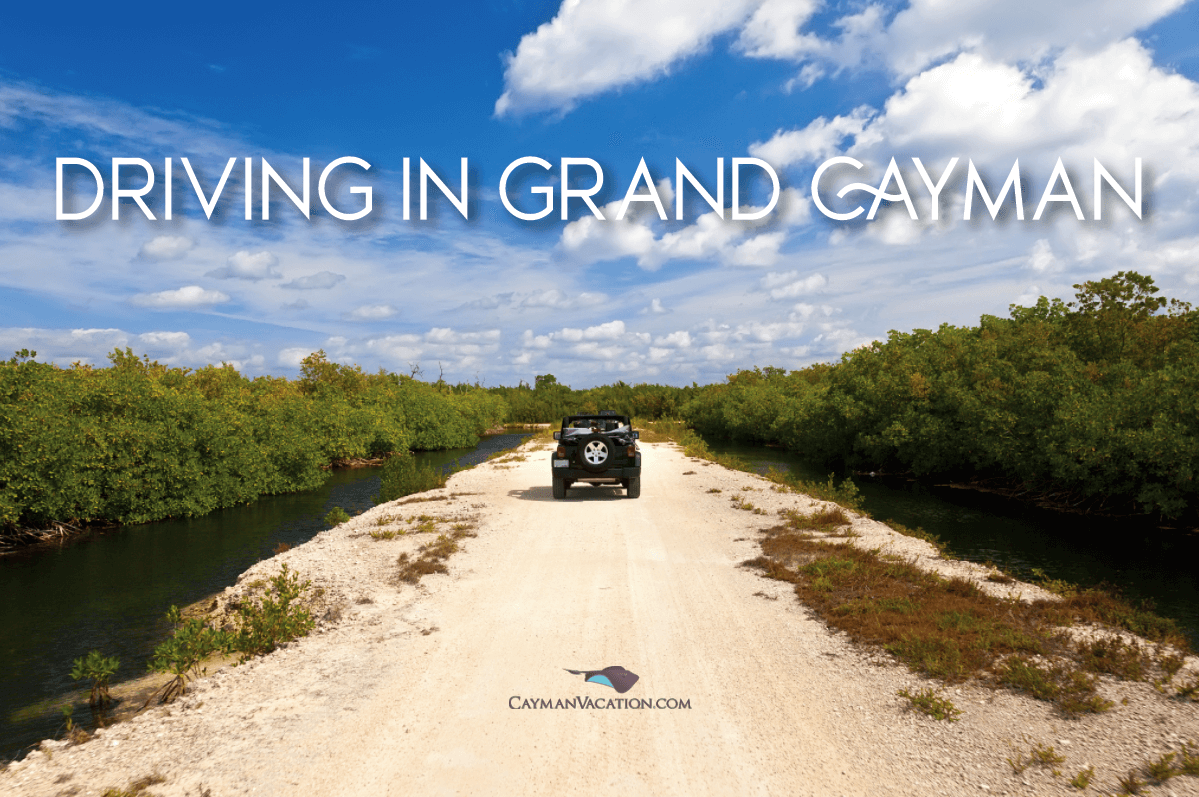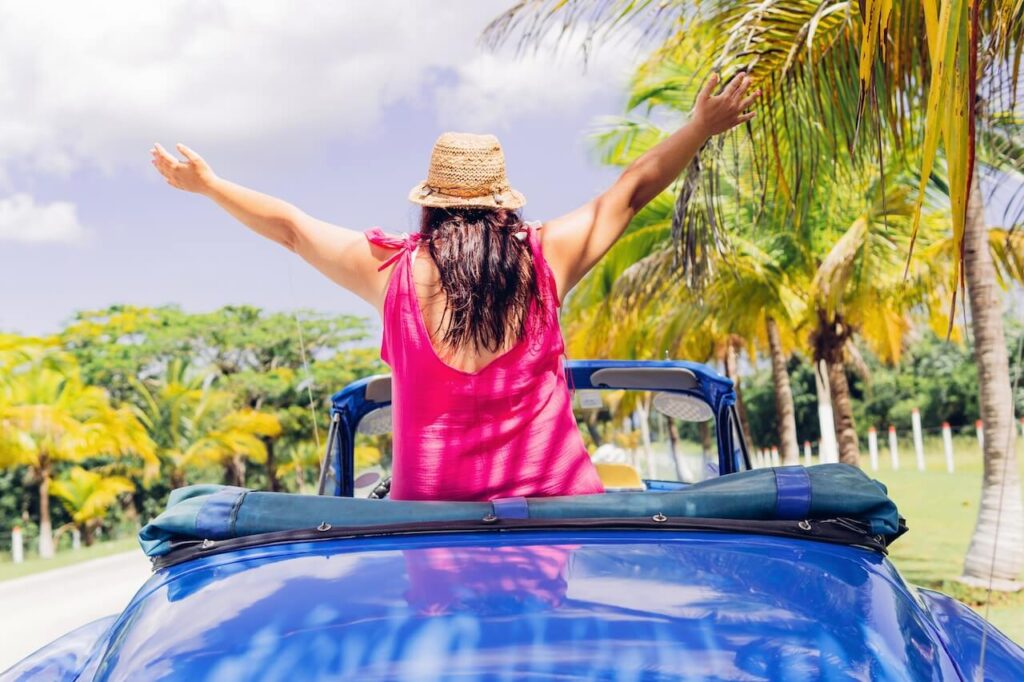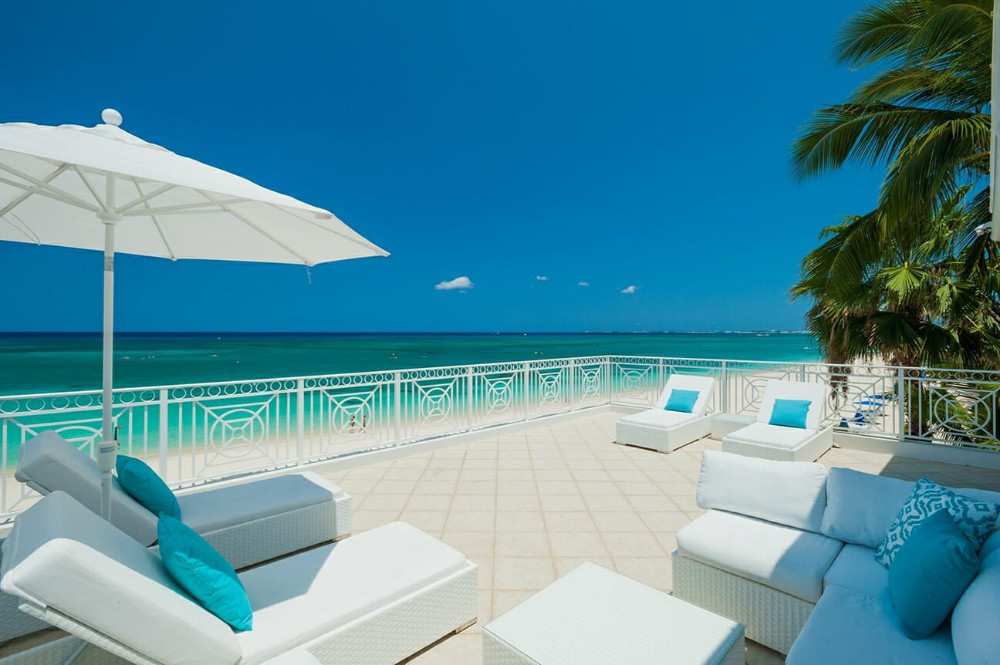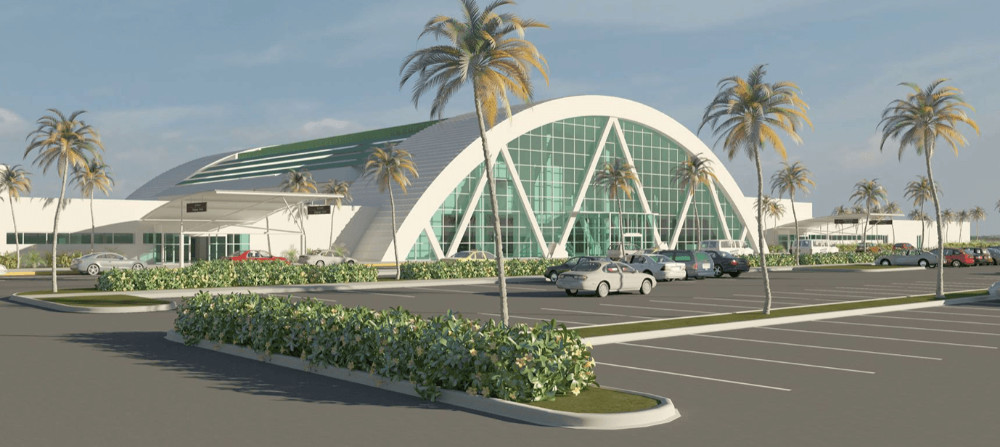
Driving in Grand Cayman: 11 Things to Know Before You Arrive
Update. September 10, 2024
Driving in the Cayman Islands, particularly on Grand Cayman, is an adventure that allows you to explore its beautiful landscapes at your own pace. Renting a car is often preferred for tourists who want to fully experience the island’s stunning beaches, historic sites, and hidden gems. However, before you buckle up and hit the road, here are 11 crucial things you must know to ensure a safe and enjoyable drive on Grand Cayman.
Driving on the Left Side of the Road
One of the most important things to remember when driving in Grand Cayman is that you’ll need to drive on the left side of the road. This might be a significant adjustment for visitors from countries where driving is on the right. To make the transition smoother, take a few minutes to familiarize yourself with the layout of the roads and intersections. Roundabouts are common on the island, so be sure to yield to traffic from the right.
Understanding Speed Limits
Speed limits in Grand Cayman are strictly enforced, so it’s important to always adhere to them. On highways, the speed limit is 80 km/h (50 mph), while in urban areas, it ranges from 40–48 km/h (25–30 mph). School zones are particularly important to watch out for, with a speed limit of just 15 km/h (9 mph) during school hours when amber lights are flashing. Always watch for speed limit signs to avoid fines and ensure the safety of pedestrians and other drivers.
Driving Requirements for Visitors
Non-residents can drive in Grand Cayman with a valid driver’s license from their home country. Visitors from non-convention countries can drive for up to one month, while those from convention countries can drive for six months. There’s no need to obtain a local driver’s permit, but you must have valid insurance coverage. Ensure that your license is in good standing. Be mindful that you’re only allowed to drive vehicles that weigh less than 8,500 pounds or motorcycles with engines of 125cc or less.
Navigating Grand Cayman’s Road Conditions

The roads in Grand Cayman are generally in excellent condition, with smooth, well-marked, and well-lit routes throughout the island. Most roads are flat and easy to navigate, making driving a breeze. However, it’s essential to remain vigilant in less populated areas where wildlife may wander onto the road. Always be cautious, especially at night or during inclement weather.
Dealing with Rush Hour Traffic
Despite its small size, Grand Cayman can experience significant traffic congestion, particularly during rush hour. The morning rush hour typically occurs between 7:30 am and 9:30 am, while the evening rush hour is from 4:00 pm to 6:00 pm. To avoid delays, plan your driving outside these peak times or stick to the main highways where traffic flows more smoothly. If you’re caught in traffic, remain patient and follow the rules of the road.
Parking in Grand Cayman
Finding a parking spot in Grand Cayman is relatively easy, with ample free parking available across the island. Public parking lots and designated street parking spaces are common, especially near tourist attractions and shopping areas. However, in more crowded areas, street parking can be limited. Always check for signage indicating parking restrictions to avoid fines or towing.
Fuel Costs on the Island
Gasoline prices in Grand Cayman are higher than you might be used to. This is mainly due to the island’s remote location and lack of natural oil resources, as of the latest update on the Utility Regulation and Competition Office of the Cayman Islands, a gallon of regular gasoline costs over CI$5.52 (USD$6.62). Despite the higher prices, having a car remains the most convenient way to explore the island, as public transportation options are limited. Make sure to budget accordingly for fuel during your stay.
General Driving Rules and Etiquette
There are several general driving rules in Grand Cayman that every visitor should be aware of:
- Pedestrian Crossings: Pedestrians always have the right of way at crossings.
- Left Turn on Red: You can turn left at a red light after coming to a complete stop unless otherwise indicated.
- Seatbelt Law: All passengers must wear seatbelts, including those in the back seat.
- Cell Phone Use: Using a cell phone while driving is illegal unless you use a hands-free device.
- Fog Lights: Using fog lights is illegal in Grand Cayman, so ensure they are switched off during normal driving conditions.
Additionally, be cautious when overtaking other vehicles. Make sure there’s no double or solid single white or yellow line in the center of the road before doing so.
To learn more about Grand Cayman, be sure to visit the official Cayman Islands Tourism Board website.
Scenic Drives Worth Taking
Driving in Grand Cayman is not just about getting from one place to another—it’s about the journey itself. Here are some scenic routes you won’t want to miss:
- North Coast Road: This drive offers breathtaking views of the sea and dramatic cliffs along the island’s northern coast.
- East End Road: Explore the island’s quieter, more rugged side with stunning beaches and crystal-clear waters.
- Rum Point Road: A picturesque drive leading to the popular tourist spot of Rum Point, where you can relax and enjoy the tropical scenery.
- Bodden Town Road: Take a trip through the historic Bodden Town, Grand Cayman’s first capital, and enjoy a glimpse of the island’s cultural heritage.
Safety Tips for Driving on Grand Cayman
Safety should always be your top priority when driving on the island. Here are a few additional tips to ensure a safe trip:
- Avoid Drinking and Driving: The legal blood alcohol limit is low, and penalties for DUI are severe.
- Watch for Cyclists and Pedestrians: Be extra cautious in residential areas and near schools, as pedestrians and cyclists are common.
- Be Prepared for Rain: Tropical rain showers can be sudden and intense, so drive cautiously during wet conditions.
What to Do in Case of an Emergency
While driving in Grand Cayman is generally safe, it’s essential to know what to do in case of an emergency. Keep the following numbers handy:
- Emergency Services: Dial 911 for police, fire, or medical emergencies.
- Roadside Assistance: Many car rental agencies offer roadside assistance, so make sure you have their contact information.
- Local Police: The Royal Cayman Islands Police Service (RCIPS) can be contacted for non-emergency situations.
If you’re involved in a minor accident, move your vehicle to the side of the road if it’s safe to do so and wait for the police to arrive.
Are You Ready For Your Cayman Adventure?

Driving in Grand Cayman is an enjoyable and convenient way to explore the island’s many attractions. You can ensure a smooth and memorable journey by understanding the local driving laws, road conditions, and general safety tips. Whether you’re cruising along the scenic coastlines or navigating the bustling streets of George Town, driving on this beautiful island will undoubtedly enhance your Cayman experience.
If you haven’t booked your accommodation yet, check out our Grand Cayman vacation rentals page to find the one you love.
FAQs about Driving in Grand Cayman:
Yes, you can drive in Grand Cayman with a valid US driver’s license. Non-residents from the US can drive on the island for up to one month without the need for a local driving permit.
In Grand Cayman, driving is on the left side of the road, similar to the UK. This might be unfamiliar for visitors from right-hand driving countries, so take your time to get used to it.
Driving around the entire island of Grand Cayman takes approximately two hours, depending on traffic and stops along the way. The island is 22 miles long and 8 miles wide.
Gasoline in Grand Cayman costs over CI$1.26 (USD$1.52) per liter as of August 2024. Prices are higher than in many other countries due to the island’s import costs and lack of natural resources. You can check the Utility Regulation and Competition Office of the Cayman Islands for up-to-date pricing.
No, there are no toll roads in Grand Cayman. All roads are free to use, and there are plenty of scenic routes to explore without any extra charges.
Parking is widely available across Grand Cayman, with many free public parking lots and street parking options. However, be mindful of any parking restrictions in busy areas to avoid fines.
- Driving on the Left Side of the Road
- Understanding Speed Limits
- Driving Requirements for Visitors
- Navigating Grand Cayman’s Road Conditions
- Dealing with Rush Hour Traffic
- Parking in Grand Cayman
- Fuel Costs on the Island
- General Driving Rules and Etiquette
- Scenic Drives Worth Taking
- Safety Tips for Driving on Grand Cayman
- Are You Ready For Your Cayman Adventure?
- FAQs about Driving in Grand Cayman:




